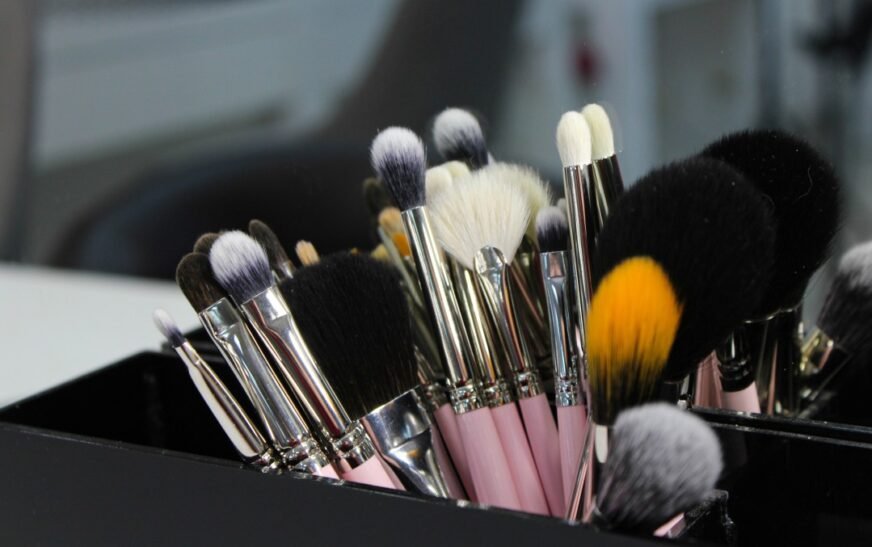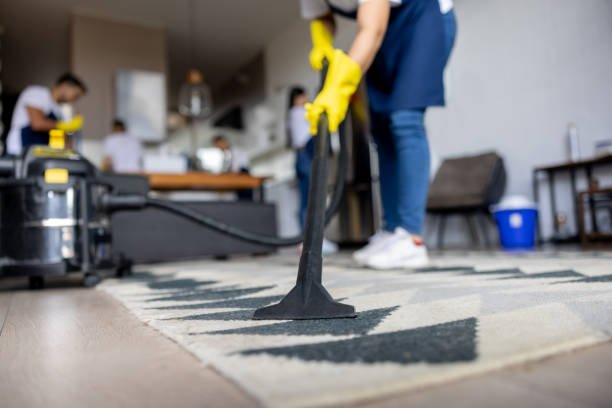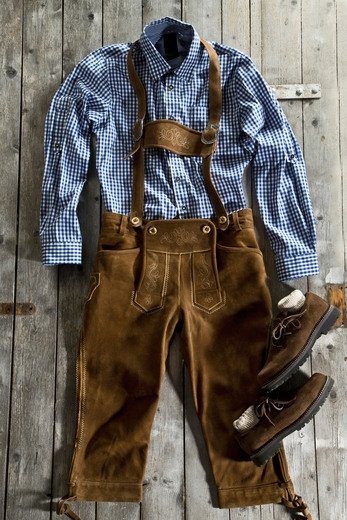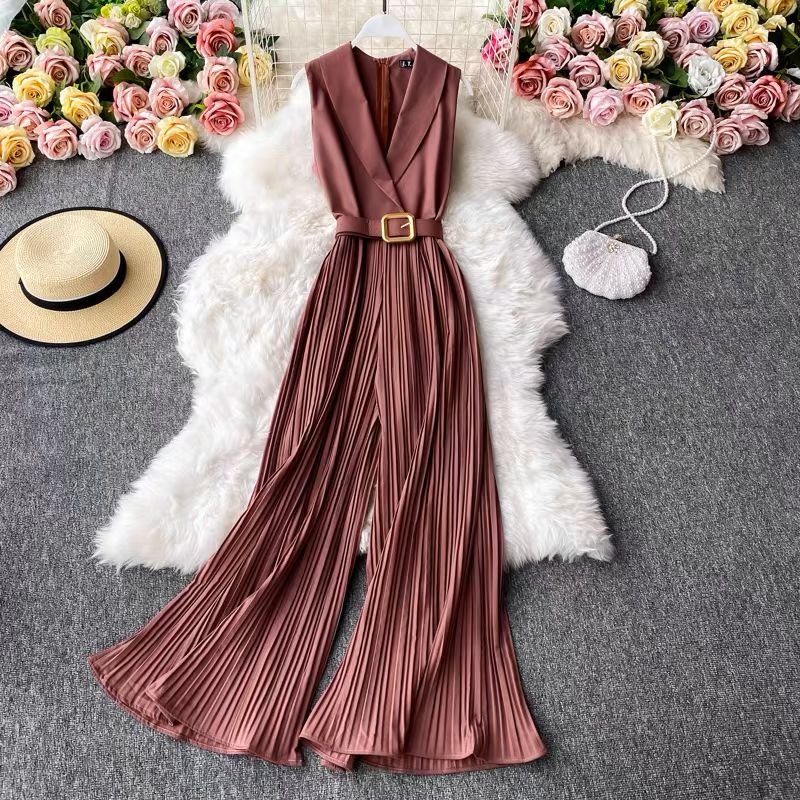Key Takeaways
- Different brushes serve unique purposes; selecting the right one can elevate your makeup.
- Using quality brushes can improve the precision and finish of your makeup application.
- Proper cleaning and maintenance of brushes ensure longevity and hygiene.
Table of Contents
- Understanding the Differences Between Makeup Brushes
- Why Small Brushes Are Essential in Your Makeup Kit
- Choosing the Right Brush for Different Makeup Products
- Care and Maintenance of Makeup Brushes
- Frequent Mistakes When Using Makeup Brushes
- Expert Tips for Using Makeup Brushes
- Environmental Impact of Makeup Brushes
Understanding the Differences Between Makeup Brushes
Makeup brushes come in various shapes, sizes, and bristle types, each designed for specific purposes. For instance, synthetic brushes are excellent for applying liquid products because their bristles do not absorb the product, allowing for a smooth, even application. On the other hand, natural hair brushes are ideal for powder products as they pick up and distribute products more evenly. Understanding the differences among brushes can significantly improve your makeup application skills. You can select the best brush for achieving specific makeup techniques and results with the proper knowledge. This understanding is pivotal, especially for anyone looking to professionalize their makeup skills.
Additionally, the shape of the brush plays a critical role. For example, a flat, tapered brush is typically used for applying liquid foundation because it offers precision. In contrast, a fluffy, domed brush is perfect for blending powders seamlessly into the skin. You can create a flawless look every time by selecting brushes that align with the makeup products you’re using and the results you aim to achieve.
Why Small Brushes Are Essential in Your Makeup Kit
Small brushes are indispensable for any makeup kit, particularly for detailed and precise application. For example, a small foundation brush is perfect for reaching tricky areas like the corners of the nose and under the eyes. These brushes offer better control and precision, making it easier to achieve a flawless look. Additionally, small brushes are invaluable for applying concealer, highlighter, and other products that require meticulous detail. Their compact size allows for greater precision, ensuring an immaculate finish without leaving streaks or patches.
Small brushes can also help create intricate makeup looks, such as detailed eye makeup or contouring. Their size makes them ideal for precision tasks, allowing you to place the product exactly where it’s needed. This level of control can make a massive difference in your makeup’s overall look and feel. Investing in high-quality small brushes is a game-changer for anyone serious about their makeup routine.
Choosing the Right Brush for Different Makeup Products
The choice of brush can significantly influence the final result of your makeup. For foundations, using a dense, oval-shaped brush can give a smooth, even application without absorbing too much product. This is particularly important for liquid and cream foundations, where you want to maximize coverage while minimizing waste. For eye makeup, different types of brushes are essential. Blending brushes, for instance, are crucial for achieving a seamless transition between shades, while flat shader brushes are perfect for precisely packing on color. Lip brushes ensure a clean, defined application, allowing for precise lines and a flawless finish.
When selecting a brush, always consider the makeup product’s consistency and your desired finish. For example, a stippling brush works well for applying cream blushes, as it allows for a natural, buildable finish. On the other hand, a fan brush is ideal for applying highlighter, as it distributes the product lightly and evenly. Understanding these nuances can elevate your makeup application skills and produce a more polished and professional look.
Care and Maintenance of Makeup Brushes
Regular cleaning of your makeup brushes is essential to maintain their effectiveness and hygiene. Over time, brushes can accumulate product residue, oils, and bacteria, affecting their performance and leading to skin issues. Cleaning your brushes weekly with a mild soap or dedicated brush cleaner can keep them in top condition. Proper storage is also crucial for maintaining the shape and longevity of your brushes. Keeping them upright in a holder and storing them in a dry, dust-free environment can prolong their lifespan.
Additionally, using a brush cleaner spray between uses can help maintain their cleanliness and performance. This is especially important for brushes with liquid and cream products, as they build up more residue. Regular cleaning ensures that your brushes last longer and contributes to healthier skin by preventing the transfer of bacteria. Invest in a good brush cleaning routine to keep your brushes and skin in top condition.
Frequent Mistakes When Using Makeup Brushes
Common mistakes include:
- Using the wrong brush for the product.
- Not cleaning the brushes regularly.
- Applying too much pressure during application.
These mistakes can significantly affect the brush’s performance and the overall look of your makeup. Another frequent error is improperly blending products, leading to a heavy-handed or uneven appearance. For instance, using a dense brush to apply a setting powder can produce a cakey finish, whereas a fluffy brush would distribute the product more evenly.
Too much pressure can also cause the bristles to splay out, reducing the brush’s effectiveness and potentially causing streaks. It’s important to use light, gentle motions to achieve a smooth, even application. Being mindful of these common mistakes can help you get the most out of your makeup brushes and achieve a more polished look.
Expert Tips for Using Makeup Brushes
Experts suggest holding your brush at the end of the handle to apply just the right amount of pressure. This technique allows for a more natural, blended look, preventing you from pressing too hard and disrupting the makeup. Stippling motion, especially with liquid foundations, can create a flawless, airbrushed finish. Another tip is to layer products gradually rather than applying too much at once. This method allows for better control and a more natural look.
Furthermore, using a damp brush for certain products, like eyeshadows or highlighters, can intensify the color and give a more vibrant finish. Rotating your brushes to prevent wear and tear is also advisable. These expert tips can help you make the most of your brushes and achieve a professional finish every time.
Environmental Impact of Makeup Brushes
With a growing focus on sustainability, eco-friendly makeup brushes are becoming more popular. Brands now offer brushes made from sustainable materials, such as bamboo handles and synthetic bristles that mimic natural hair. Using environmentally friendly brushes is a great way to ensure your beauty routine is kind to the planet. Additionally, many brands now focus on cruelty-free and vegan products, offering high-quality brushes that are ethically produced.
Choosing sustainable and eco-friendly brushes helps the environment and promotes responsible consumerism. Many of these brushes are just as effective as their traditional counterparts, proving that you don’t have to compromise on quality to be eco-conscious. Being mindful of the environmental impact of your beauty tools is an excellent step towards a more sustainable lifestyle.













